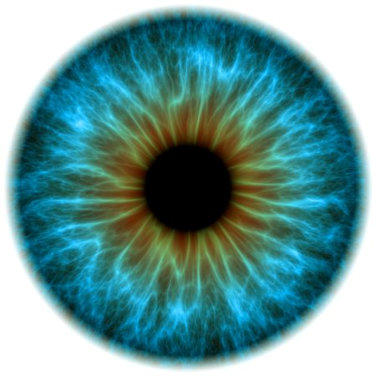Men and Women Really Do See Things
Differently
Men and women really don't see eye to eye, according to a new study.
Females are better at discriminating among colors, researchers say, while
males excel at tracking fast-moving objects and discerning detail from a
distance—evolutionary adaptations possibly linked to our hunter-gatherer past.
(See more health news.)
The study, led by Brooklyn College psychology professor Israel Abramov, put
young adults with normal vision through a battery of tests.
In color experiments the men and women tended to ascribe different shades
to the same objects. The researchers think they know why.
"Across most of the visible spectrum males require a slightly longer wavelength
than do females in order to experience the same hue," the team concludes in
the latest issue of the journal Biology of Sex Differences.
Since longer wavelengths are associated with "warmer" colors, an orange, for
example, may appear redder to a man than to a woman. Likewise, the grass is
almost always greener to women than to men, to whom verdant objects appear
a bit yellower.
(Also see "Men's Offices Have More Bacteria, Study Finds.")
The study also found that men are less adept at distinguishing among shades i
n the center of the color spectrum: blues, greens, and yellows.
Where the men shone was in detecting quick-changing details from afar,
particularly by better tracking the thinner, faster-flashing bars within a bank of
blinking lights. Next
.
World’s
encyclopedic
knowledge
compacted
in
your
hand






‘Knowledge is power’


World’s
encyclopedic
knowledge
compacted
in
your
hand




Please raise the vol to listen to the
lady airing awe @ the SINGLE author encyclopedia
Empowering Book Newsletter






WOMEN’S POWER: ITS PAST, ITS PRESENT, ITS FUTURE: FEMOCRACY
WEB PAGES
OUR OFFERING
UPLOADED ITEMS
OUR EMAIL
kri200@womenspowerbook.org
QUESTION




















